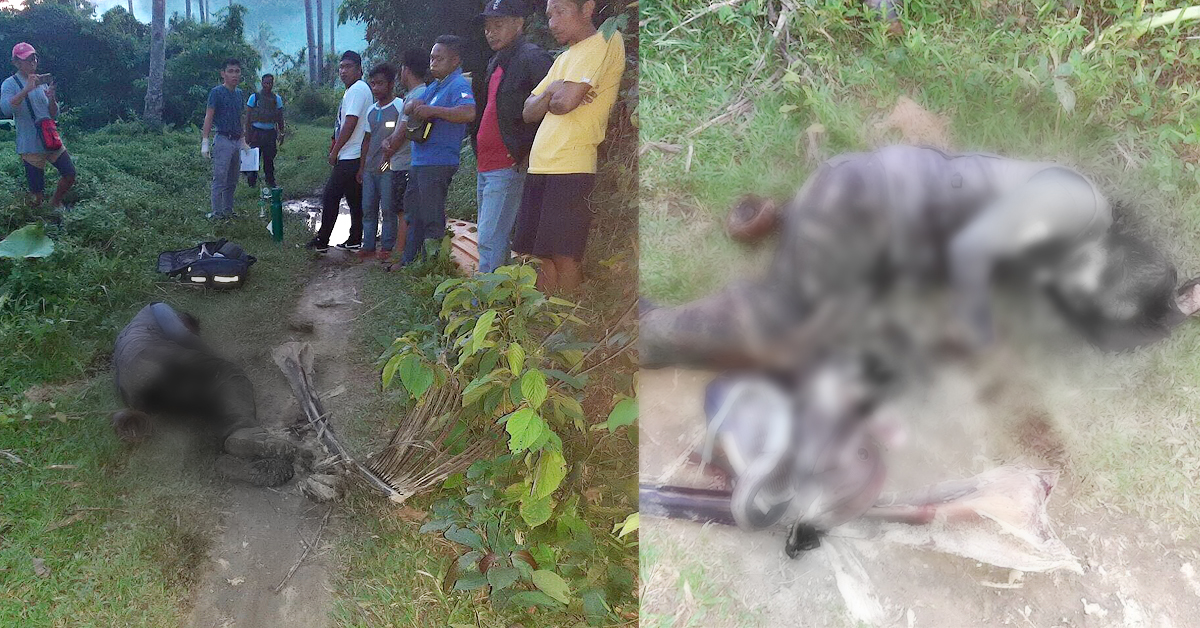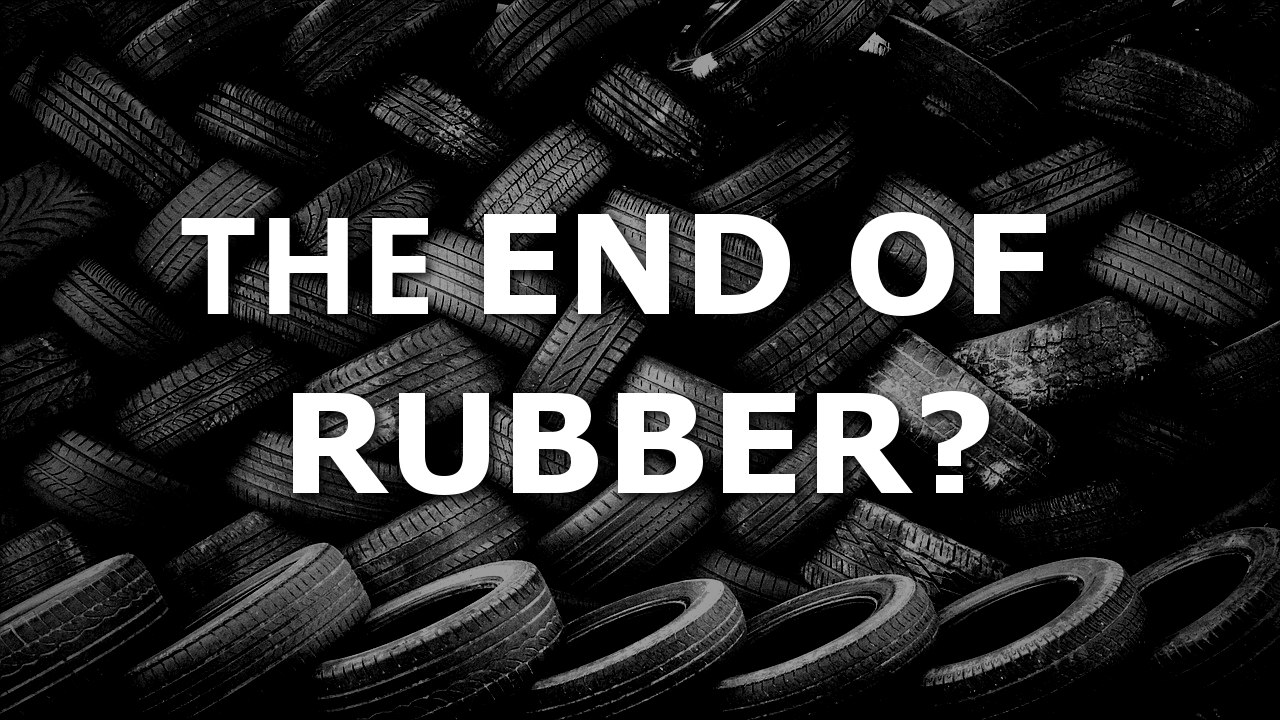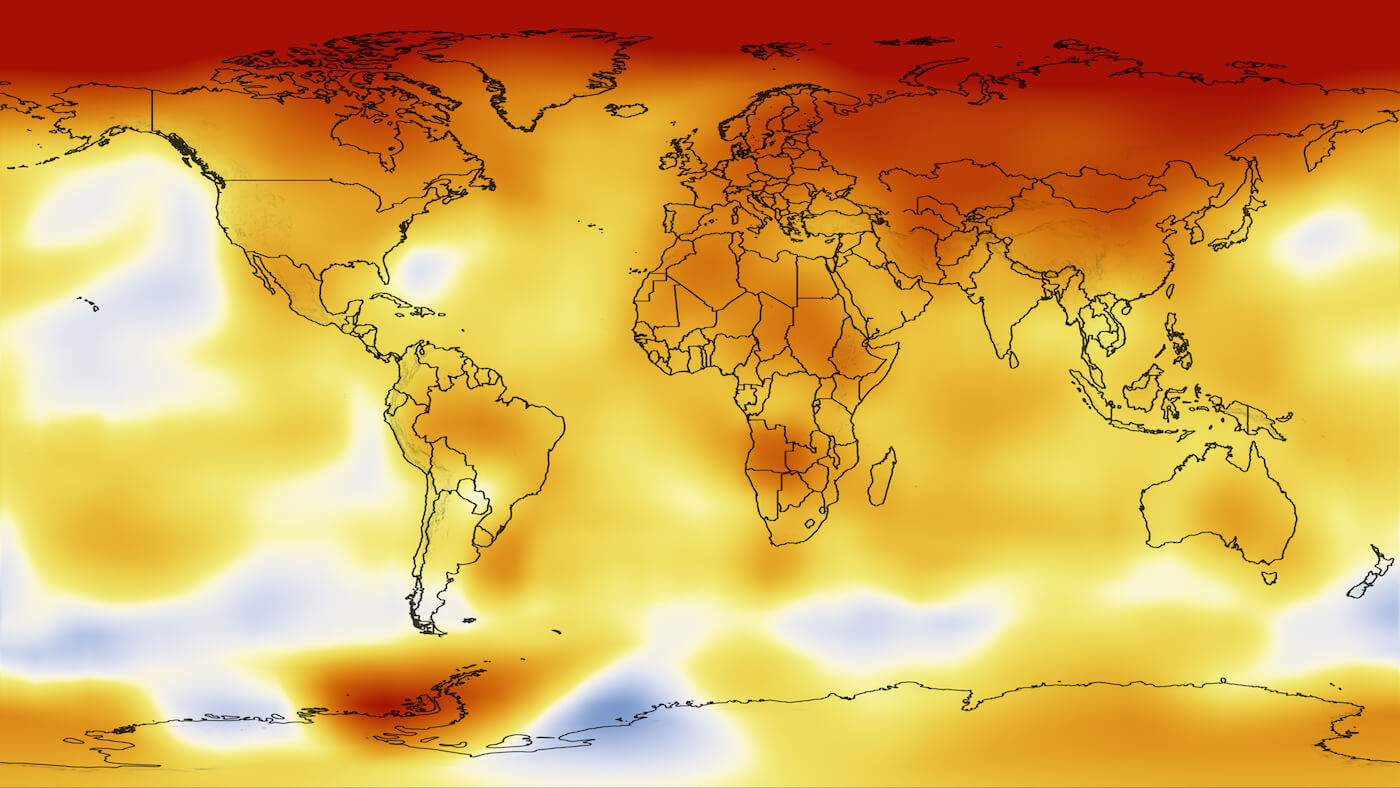
by DGR News Service | Sep 10, 2019 | Biodiversity & Habitat Destruction, Human Supremacy
Image: PRO MIMAROPA
by Liam Campbell
Forest ranger Bienvinido “Toto” Veguilla, Jr. was murdered last week while attempting to stop illegal loggers from ransacking a section of forest in the Philippines. Veguilla was on a routine patrol in the Sitio Kinawagan, Barangay Pasadeña region when he and fellow rangers discovered a group of illegal loggers using a chainsaw and other equipment to destroy the ecosystem for profit. After confiscating their equipment Veguilla and his team departed for their station, but were followed by the illegal loggers and eventually attacked. Unfortunately, Veguilla was unable to escape and was hacked to death by approximately six men.
Veguilla’s murder is a great loss to conservation efforts in the Philippines; he was known as one of the most diligent, hardworking, and courageous members of the Department of Environment and Natural Resources (DENR). He is not the first ranger to be murdered — in 2017, captain Ruben Arzaga was also murdered by illegal loggers in retaliation for his conservation efforts.
These brave individuals and their colleagues risk their lives on a daily basis to protect Earth’s dwindling ecosystems against destruction, often facing death threats and severe retaliation. Sometimes it is easy for environmental activists in priveleged countries to lose sight of the brutal realities facing their comrades in other parts of the world. Next time you hear someone moralizing about the virtues or necessity of pacifism, remember that those notions are an extreme luxury and that the individuals who preach those sermons are generally far removed from risking life or limb.

by DGR News Service | Jul 25, 2019 | Agriculture, Direct Action, Property & Material Destruction
Editor’s note: large sections of this article are inspired by Without Rubber, the Machines Stop by Stop Fossil Fuels. Deep Green Resistance does not endorse their organization or their analysis but it’s worth reading.
by Liam Campbell
It’s easy to take rubber for granted. Without it, most of the world’s vehicles would literally grind to a halt, airplanes would eventually be grounded, and most of the world’s industrial factories would cease to be profitable. When someone mentions rubber people think of tires, but open up a car and you’ll find a staggering number of components require the substance: seals, hoses, shock absorbers, wiring, and interiors. If you swim farther down the supply chain you’ll discover that the manufacturing factories that create vehicles also need vast quantities of rubber to operate their own machinery; the same is true of the processing plants that refine raw materials for the factories, and so on all the way down the supply chain.
About half of all rubber comes from trees, and over 90% of natural rubber comes from Asia. The three largest producers are Thailand, Indonesia, and Malaysia; these few countries account for nearly 75% of all natural rubber production. The Americas used to be the world’s largest producer of rubber, until a highly resilient fungus called Microcyclus ulei annihilated the entire American industry.
In Never Out of Season: How Having the Food We Want When We Want It Threatens Our Food Supply and Our Future, Rob Dunn explains:
“Leaf blight will arrive in Asia at some point. How will it come? The spores of the fungus are thin and so don’t do well on extended travel, such as on boats, but they’d do fine on a plane. […] As a 2012 study notes, ‘The pathogen can be easily isolated from infected rubber trees…and transported undetected across borders,’ which is to say that the intentional destruction of the majority of the world’s rubber supply would be easy […] It would be easy because the trees are planted densely; because most of the plantations are relatively close together; because the trees are genetically very similar to each other. It would be easy because the trees in Malaysia have not been selected for resistance; they have been selected for productivity. Planters chose trees with lots of latex, favoring short-term benefit over long-term security.
Scholars express concern about whether terrorists might have the technology necessary to spread leaf blight to Asia. Do they have the specialized knowledge necessary to transport and propagate fungal spores, the specialized knowledge necessary to destroy the world’s supply of rubber? Of course they do, because all it would really take is a pocket full of infected leaves.
In other words, a single person could severely cripple industrial civilization by simply booking a few flights, carrying a few infected leaves, and going for a walk in among the trees. Soon after, Asia’s rubber plantations would suffer the same fate as their counterparts in the Americas, the cost of rubber would skyrocket, and industrial civilization would be dealt a crippling blow.
The other half of global rubber is derived from petroleum, but synthetic rubber remains significantly inferior to natural rubber. The increased cost and reduced availability would seriously interfere with industrial activities making personal vehicles much more expensive, hindering airlines, and likely reducing global fossil fuel use. More critically, aircraft tires and heavy industrial vehicle tires require almost 100% natural rubber, meaning those vehicles would become extremely difficult to maintain if Microcyclus ulei found its way to Asia.
We are indoctrinated to believe that individuals are powerless, and that industrialized civilization is an invincible Goliath. None of that is true. When systems become large and complex, they also become fragile due to having so many interdependent systems; this makes them susceptible to cascading failures. The stunning reality is that a determined 80-year-old grandmother could take down vast amounts of industrialized civilization by simply booking a holiday that included stops in the Americas and Asia, and collecting a few leaves along the way.
If you found this content interesting or useful, consider making a small donation to Deep Green Resistance. We are entirely supported by grassroots individuals like you: https://deepgreenresistance.org/en/support-us/donate-to-deep-green-resistance

by DGR News Service | Jul 11, 2019 | Climate Change
Editor’s note: Anyone who is paying attention knows that global climate breakdown is accelerating faster than the worst IPCC predictions. Still, emissions continue to rise, setting records year-after-year. There is no evidence that governments, civil society, or corporations are able to address this in any meaningful way. In fact, all the evidence shows the opposite. Drastic times call for drastic measures. We at Deep Green Resistance call for “decisive ecological warfare” to shut down the global fossil fuel economy by any means necessary. We do not advocate this lightly. We fear this may be the only realistic means of stopping climate chaos.
Image via NASA/GISS
Climate Chaos Headlines
June 2019 Was Hottest Ever
“Last month was the hottest June ever recorded, the EU‘s satellite agency has announced.” — full story at The Independent
Antarctic Melting Accelerates
A swath of Antarctica’s sea ice larger than four times the size of France has melted since 2014, AFP reported Tuesday.
The rapid decline, revealed in a study of satellite data published by the Proceedings of the National Academy of Sciences, marks a stunning reversal for the South Pole: Between 1979 and 2014, its sea ice was actually expanding. Then, it lost 2.1 million square kilometers (approximately 810,815 square miles) in three years, falling from 12.8 million square kilometers (approximately 4.9 million square miles) to 10.7 million square kilometers (approximately 4.1 million square miles).
“It went from its 40-year high in 2014, all the way down in 2017 to its 40-year low,” study author and NASA Goddard Space Flight Center climatologist Claire Parkinson told AFP.
— Full story at EcoWatch
India Experiencing Record-Setting Heat
“India has increasingly suffered from extreme heat in recent years. 2018 was the country’s sixth hottest year on record, and 11 of its 15 warmest years have occurred since 2004, The Independent reported. The capital of New Delhi broke its all-time record Monday with a high of 48 degrees Celsius, according to The Times of India.”
— Full story at EcoWatch
France Records Hottest Temperature Ever in European heat wave
Large portions of Europe were hit by intense heat waves over the past week. Germany, Poland and the Czech Republic all experienced their hottest-ever temperatures for the month of June. France recorded its hottest day ever on Friday, reaching a high of 45.9 degrees Celsius (115 Fahrenheit) at the town of Gallargues-le-Montueux near Montpellier, in the southern Gard region, making it temporarily warmer than California’s notoriously hot Death Valley.
— Full story at Pressenza
Alaska Breaks All-Time High Temperature Records
“Alaska had its warmest March on record — in some places 20 degrees above normal. Once all the data is tabulated, it is likely to be the second-warmest June on record.”
— Full story at The New York Times

by DGR News Service | Jun 14, 2019 | Strategy & Analysis
Editor’s Note: Revolutionaries must study each revolutionary tradition and learn from it. We don’t believe that PPW is a “magic bullet” for current pre-revolutionary conditions, but it is worth studying.
By JP
Protracted People’s War (PPW) is a military theory developed by Mao Zedong during the Chinese Civil War and the war against the Japanese in China. What Mao puts forward is that a guerrilla movement must be able to maintain the support of the people for long enough to wage a long war against an enemy, hence protracted. Mao said also that by moving into the countryside, the people’s army could stretch the supply-lines of the enemy thin and break their will to fight. This is a very broad definition and we will go into a more detailed one later on. PPW has moved beyond being a military theory for a revolution in China since Mao conceived of it. It’s principles have been used in numerous countries from Vietnam and Cuba to India and the Philippines today. It has also become a fundamental tenet of the modern ideology of Marxism-Leninism-Maoism which proclaims its universality. There are also those who decry it as a theory solely for the conditions of China. Both of these claims are right and wrong in their own ways as they are both ideological arguments. They both ignore critical analysis of military theory and material conditions. One must remember that war is complex and different, especially in the context of revolutionary warfare. All military theories need to be analysed and adapted to material conditions or they cease to be effective. Warfare develops as fast as technology does and that sometimes makes it difficult to study. Keep this in mind.
What is Protracted People’s War?
As stated earlier, protracted people’s war is a theory of revolutionary warfare centred on the building up of popular support for a long and drawn out war against an enemy. It is, like most Marxist military theories, rooted in politics. That does not detract from it, however. In fact, it makes it a smarter theory in that it accounts for such things. Mao divided the protracted war into three basic stages:
- The Strategic Defensive
- The Strategic Stalemate
- The Strategic Offensive
During the strategic defensive, the army will go into the countryside with difficult terrain and establish revolutionary base areas. From these base areas, the army will carry out attacks on the enemy through guerilla means. This mostly includes attacking patrols, crippling supply lines, and destroying key military infrastructure. During this period the army also begins to gain strength from in and around the revolutionary base areas. Once enough strength is gained, the second stage can begin. In the strategic stalemate, the army begins to spread from its initial bases and establishes new ones. The army also begins to strategically engage the enemy in more conventional warfare. The assumption is that by this time the army is strong enough, and the enemy is weak enough to begin strategic confrontation on a larger scale. During this, the army gains a sizeable amount of territory but, the enemy does not lose much of value, hence a stalemate. Following another period of building strength, the army enters the third and final stage of the war; the strategic offensive. This is when the army goes into high gear against a weak and tired enemy. It first drives them out of the countryside and encircles the cities. From there is routs them and takes major population centres. It then proceeds to defeat the enemy obliterating the will of the enemy or destroying them. From there is victory for the army.
While it can be easy to describe this process in a relatively condensed manner, PPW is anything but short. It is a long and ruthless conflict. The amount of time an army spends in any of the stages depends on the conditions and ability of the army. Mao was aware of this and in his work “On Protracted War” (1938), gives a summation of the nature of protracted war:
“It is thus obvious that the war is protracted and consequently ruthless in nature. The enemy will not be able to gobble up the whole of China but will be able to occupy many places for a considerable time. China will not be able to oust the Japanese quickly, but the greater part of her territory will remain in her hands. Ultimately the enemy will lose and we will win, but we shall have a hard stretch of road to travel”.
PPW is a long-term affair and Mao developed many theories as to how each stage would be carried out, specific tactical objectives for each stage, and the discipline of the army as a whole. What ties these all together is the role of politics. PPW is not just a war against an enemy, but also a war for the hearts and spirits of the people. One of the key goals of the army in PPW is establishing a democratic order in the areas it occupies. In China, this was done via land reform and the establishment of peasant councils in the countryside. Political education is also a must of the army (PPW assumes the army has a political force behind it). Political education in the Chinese context was the promoting of Marxism-Leninism and anti-reactionary views among the Chinese people. Mao also was working with a united front against the Japanese and accounted for the politics of that situation into his theory. He maintained that only through the united front of anti-reactionary groups could the war succeed in its final victory. This was important because the main base that PPW relies on is popular support. Such a long conflict and process can only succeed if the people are on board and are able to unite. This is not just true of the army but of the nation as well. The people must be willing to live through struggle and destruction in order to obtain victory. In Mao’s case, he was right. The Chinese people persevered and won their victory; both against the Japanese and the Kuomintang. It was from this victory that people across the world would take inspiration.
PPW would be taken by others across the world and used to wage revolutionary conflicts. Although, none of them would be exactly the same; all would be similar situations. Vietnam and Cuba both took aspects of PPW but morphed them with more conventional tactics. For Vietnam specifically, Vo Nguyen Giap wrote a book titled “People’s Army, People’s War” which outlines much of the strategy used by the Viet Minh and Viet Cong. In Cuba aspects of PPW were fused with Foco Theory by Che Guevara. More Maoist oriented people’s wars would be carried out by guerrillas in Nepal, India, Peru, Turkey, and the Philippines. Of these Maoist-based PPWs, only Nepal was a complete success with the establishment of democracy in Nepal. The Shining Path in Peru failed due to their reliance on and cult of personality surrounding Abimael Guzman (Presidente Gonzalo). The failures of many people’s wars are due mainly to mistakes within guerrilla organisations and the will of the enemy to crush them. However, in India, Turkey, and the Philippines the conflicts are still ongoing so, it would be unfair to judge them. In all three of these, the groups have been progressive forces for revolutionary change against reactionary governments. The NPA in the Philippines is especially successful and constantly gaining support.
On the Universality of Protracted People’s War
One of the central tenets of Marxism-Leninism-Maoism is the universality of PPW, claiming that it can be applied everywhere and be successful. This claim is ideological and not driven by concrete analysis of material conditions or military theory in general. In military theory and Marxism in general, there is no universal plan that works 100% of the time. There are things that will probably work most of the time depending on the conditions. This is true of most methods. PPW works in places dominated by a non-urban population with military infrastructure based within population centres with minor bases outside of them to maintain a presence. In China and most places back in the 20th Century, this worked because that was how militaries operated. Today one would be hard pressed to find a military that operated in this way, even outside of the imperialist centres in the Third World. That is because governments have developed around the threat of insurgencies and accommodated themselves to them or in the case of countries like the United States, the military never operated that way.
While the argument can be made that PPW could work successfully in the Third World is legitimate (for now), the argument of complete universality falls apart when one looks at the United States or any other Western country. The United States runs the largest military in the world in terms of budget. This has led to a completely monstrous military with a large international presence. The US military is also political in that most soldiers are devoted volunteers, different from the forced conscripts of Chiang Kai-shek. Other aspects such as level of training and experience also do not look good when applying PPW to the United States. The one primary problem, however, is the way the military operates domestically. US military bases are everywhere in almost every state and region of the country. The only place they are not is where there are no people. Needless to say, the United States does not look ideal for the establishment of revolutionary base areas. One other key issue is that of technology. Modern armies are technologically equipped almost to the point where soldiers are not always necessary. Drones, missiles, aircraft, and explosives make modern warfare different from the warfare of the past century. Unless a people’s army could adapt to or obtain that technology, it is almost impossible to win.
Now those who support the argument of the complete universality of PPW have many responses to the situation of modern warfare. One of the most prevalent is the idea that the revolution will not start in the imperialist centres and that the effects of revolutions in the Third World on the economies of Western countries will weaken them, making revolution and PPW possible. This argument assumes too much and is too dependent on the success of Third World revolutions. Also, revolutionaries in the Third World would not just be fighting one enemy but, a multitude of enemies if there were any possibility of success. The US empire is global and can move on any threat to its hegemony or economic situation. While the best hope is in the Third World, one must not be so arrogant and confident in that all hopes lead to success. Another thing people often try to do is change PPW to fit modern conditions without actually doing a material analysis. One proposed change for PPW in the West is for it to stem from cities. This still suffers the same difficulties as regular PPW in that the army would still be subject to the same problems, just in a city. Cities are also easy to close off and prevent movement from if need be. This threatens the need for mobility in a guerrilla war. Not that urban guerrilla warfare cannot work, look at the IRA, but, urban PPW seems farfetched.
Finally, the largest argument often made in support of the complete universality of PPW is that if the people’s army maintains popular support, it cannot be defeated. This is correct depending on what they mean by never be defeated. Ideas and causes, such as that of the workers, can never be defeated by brute force. Armies can be defeated by brute force. An army can be completely routed and obliterated as long as their enemy has the will and the ability to do so. This strikes at the main problem with PPW; it assumes it cannot lose. It assumes that an army will always be unable to cope with the effects of guerrilla warfare. This is simply not true, especially today. People’s wars worked because of the enemy’s inability to cope with the conditions. The army made it so the enemy could not adapt easily and with the level of technology available then, it was much easier to do that. Today we have modern armies fully equipped with modern technology ready and willing to obliterate their enemies. The sheer size and protection given to military infrastructure today make it nearly impossible to sabotage the enemy to the level of weakness needed to wage an effective war. Also, people’s wars depended on the enemy not having the will and means to crush them. If there is an army with the will and means to snuff out an insurgency, it will and that is all it would take. If the enemy went to the base areas and drone struck them all, that is the end of the war. There is no assurance of victory in any military strategy or theory, all are subject to material conditions. People need to remember this.
Conclusion
This essay is not meant to be pessimistic or discouraging of revolutionary action, on the contrary, it is meant to try and get people to think more about how a revolution would be conducted in certain settings. This also is not meant to put down Protracted People’s War as a concept either. It is a genius concept and Mao is a genius for formulating it. People just need to accept that revolution is different everywhere and there is never a method that is always successful. All this being said, revolutionary tactics should not be the main focus in the present time. Much of the world still has a long way to go. That does not mean ignore them but, there are more pressing issues. Something key to PPW and any revolution is unity. Maybe start there.
Republished from https://redsuninthesky.com/ under a Creative Commons Attribution 4.0 International License.

by Deep Green Resistance News Service | Mar 17, 2019 | Colonialism & Conquest
Featured image: The collusion between officials and poachers was exposed in India’s Down to Earth magazine. © Down to Earth
by Survival International
Park officials in India’s Rajaji Tiger Reserve colluded with poachers in the killing of endangered leopards, tigers and pangolin, according to an investigation by a senior wildlife officer.
The accused officials range from the park director to junior guards. WWF-India boasts that it trained “all Rajaji frontline staff in skills that were vital for protection,” including law-enforcement. It also provided vehicles, uniforms and essential anti-poaching equipment to the guards.
The investigation, reported in India’s Down to Earth magazine, found that not only were officials helping to hunt down and kill wildlife, they also beat and tortured a man named Amit – an innocent villager who was trying to stop the poaching.
Officials are reported to have arrested Amit under false charges, resulting in him being detained for up to a month. He was also beaten and given electric shocks by a wildlife warden and two range officers.
These revelations of serious human rights abuses by guards trained and supported by WWF follow the recent Buzzfeed exposés that WWF funds guards who kill and torture people.
The involvement of those supposed to protect wildlife in hunting is common. A UN report in 2016 confirmed that corrupt officials are at the heart of wildlife crime in many parts of the world, rather than tribal peoples who hunt to feed their families.
Stephen Corry, Survival International’s Director, said today: “Rangers who poach as well as violate human rights won’t surprise those environmentalists who’ve been speaking against fortress conservation for years. Corrupt rangers often collude with poachers, while tribal people, the best conservationists, bear the brunt of conservation abuses.”





